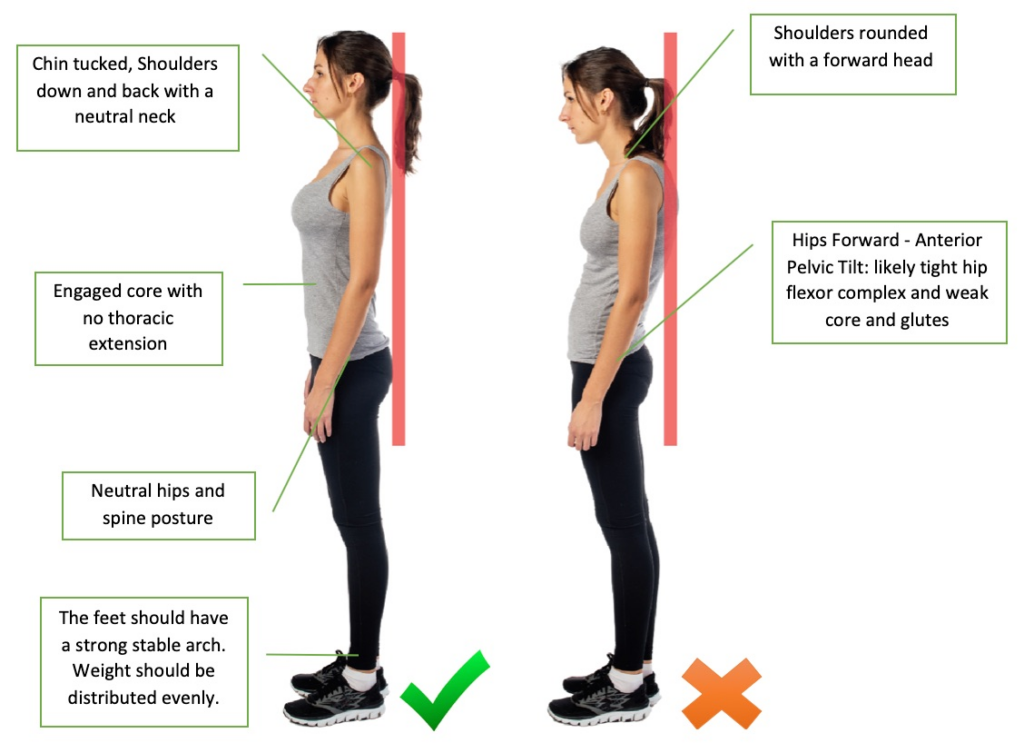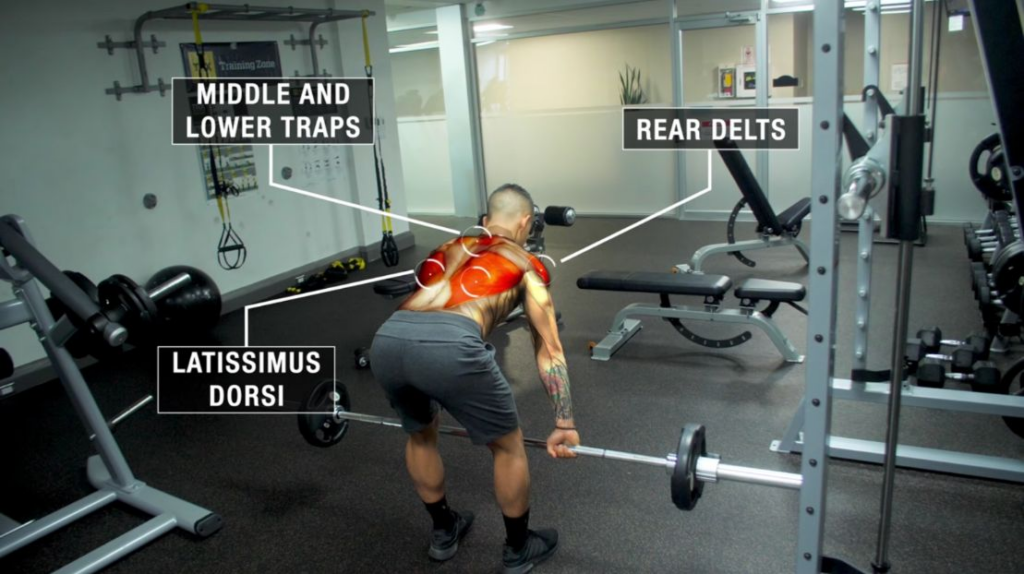Injuries, both chronic (long term) and acute (short term), are something that none of us want and that we are all trying to avoid. What do you think can be done? Are there practical solutions to our aches and pains?
Let’s explore in this latest blog! That’s right, I’m back with more helpful tips and advice for your health.
Now, there are many different types of injuries, but for the sake of this blog, we will talk about muscular injuries and muscle memory, the good and the bad!
Equilibrium:
This is the key reason behind muscle memory: Your body is constantly trying to reach/maintain a state of equilibrium. So, if your right shoulder blade is aching (relatable!!), the left shoulder will compensate by “pulling” in the other direction.
This is the body, mainly the subconscious mind, compensating for the tightness on the right side by pulling the muscles on the left side. But what causes the initial tightness?
Sitting posture:
It’s crucial to be aware that, despite feeling comfortable, the position you always sit in may lead to chronic pain and be responsible for aches and pains. We all have a favourite seat in our homes; many of us may have had it for years or even decades. However, it’s essential to recognise that this seemingly comfortable position can harm your health. I am guilty of this.
Slouching is a widespread problem. Sitting in this way seriously strains the lumbar spine (lower back). This area supports the weight of the whole spine, connects to the pelvis, and houses and protects the lumbar nerve plexus.


The images above show the skeletal and nervous systems; you can see both the cervical and lumbar plexuses.
Take this sitting position, for example:

There is serious strain being put on the lumbar region, and the thoracic (upper) back region is also being stretched unnecessarily. I must confess and add a very small (large!) disclaimer: my sitting positions are not the best! With that said, here is a picture of proper sitting posture.

As you can see, correct spinal position is essential for comfort, efficiency and limitation of self-injury.
Standing Posture:
It’s a similar story when it comes to standing, especially if you’ve been standing for a few hours at anevent or whilee working. Now, none of our spines are perfect, and we all have our quirks when it comes to standing. If, like me, your spine is misaligned and/or curved, then there is a chance that your weight distribution isn’t even, and you unknowingly put more weight on one leg than the other.
This photo from the Stanford University website shows examples of good & bad postures.

The pelvis is another aspect of the skeletal system that plays a pivotal role in posture. It affects the core, hip flexors, glutes, and the rest of the spine. So, if you are having aches/pains in the lower back after standing for a while, take a couple of seconds to correct your posture and see what changes.
Creating new muscle memory is no easy feat! However, if you attend one, plenty of stretches can be done at home and in a gym. I strongly advise doing weight-based gym workouts with the correct form and yoga to stretch the different muscles. The benefits will also be skeletal. As my old chiropractor used to say, “Motion is lotion.” This couldn’t be more true when it comes to spinal health. No, I am not telling you to go straight into the splits! However, if you are comfortable with that stretch, go for it.
A couple of solutions:
I will introduce a few easy stretches that are accessible to everyone and very beneficial.
A great and very easy yoga pose to release and neutralise the spinal column is known as a “child’s pose.” Here is a link with instructions on how to do it: Child’s Pose
This stretch has a low impact, allows for deep breaths, and benefits the spine in many ways.

A few names know another stretch that is great for spinal twists and motions; for this article, I will call it a Supine Twist. As you can see, this is a brilliant stretch, especially if you’ve been standing/sitting for most of the day. It might ache a bit when you first do it, but the tension will release after a few deep breaths.
This stretch simultaneously releases the spine’s upper (Thoracic) and lower (lumbar) portions. One quick point: DO BOTH SIDES! Remember what I said about equilibrium?
(Another link and picture from the same website): Supine Twist

As the latissimus is a very big muscle group, you may experience cramps. If that’s the case, slowly come out of the stretch and lay flat on your back while taking deep breaths until the cramp releases. Gently and slowly go back into the stretch, and it will feel better.
Cramps involve muscles suddenly tightening; overstretching while this happens will likely cause more damage when the aim is to heal and help.
Weight based exercises: Barbell Row:
Stretching is vital to reduce the risk of injury in the spinal column and, by extension, the rest of the body. Another equally important process is strengthening the same muscles; stronger muscles are less likely to be injured. Either acutely or chronically. Here is a picture of a barbell row (no it doesn’t have to be heavy!). This strengthens the biggest back muscles as well as shoulders. From regular experience, this feels fantastic after a long day standing/walking around!

Weight based exercises: Goblet Squat:
This squat type involves holding a weight (either a kettlebell or dumbbell) in both hands while squatting. It is a whole-body exercise, as the thoracic and lumbar regions of the spine, as well as the pectorals (chest), abdominal muscles, quads, calves, hamstrings, and glutes, are engaged.

To conclude:
As per, this is helpful advice from my ongoing experience. I also strongly recommend doing your stretches and finding out what works for you.
Massage is also a great help, as discussed in previous blogs like this: https://healthfull-waves.co.uk/muscular-back-pain-it-doesnt-have-to-be-this-way/.
Injuries, aches, and pains are NOT the end. They are just the body flashing up a warning light, so take action where needed, be mindful of your posture, and make time to stretch, even if it’s only for 5-10 minutes. Little and often, it will make a massive difference in the long term.
Although this does require commitment and some pain, you will rewire the brain to create more beneficial muscle memory, which will, in turn, benefit the spine and the rest of your body.
Thank you for reading and see you in the next blog!
